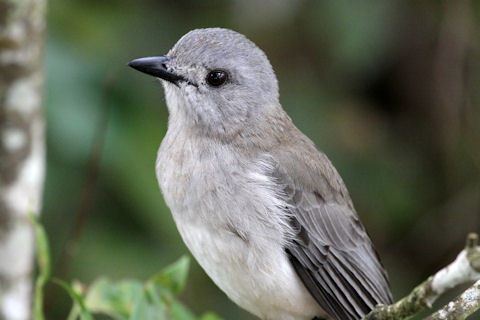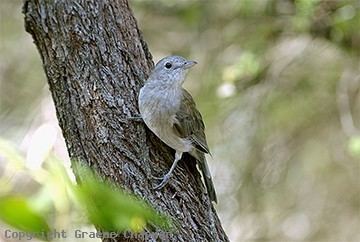Kingdom Animalia Scientific name Colluricincla Higher classification Pachycephalidae Order Passerine | Family Pachycephalidae Phylum Chordata Rank Genus | |
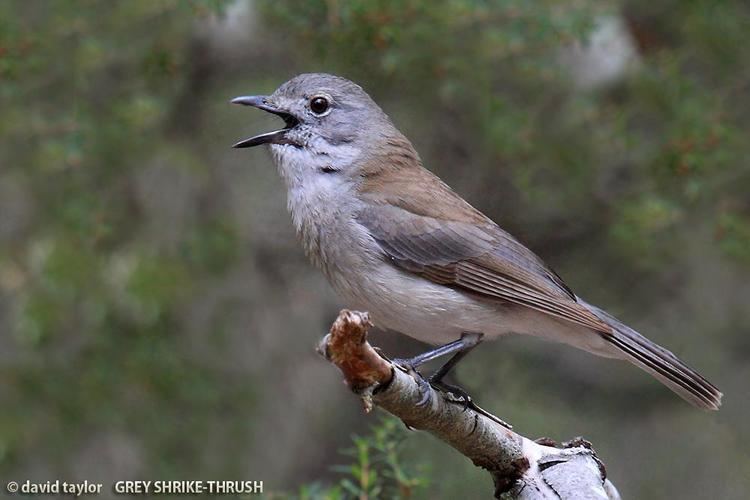 | ||
Lower classifications Grey shrikethrush, Little shrikethrush, Sangihe shrikethrush, Bower's shrikethrush, Morningbird Similar Bananaquit, Rockjumper, Columbidae | ||
A shrikethrush, also spelt shrike-thrush, is any one of five species of songbird that is a member of the genus Colluricincla. They have nondescript, predominantly brown or grey, plumage, but are accomplished singers, their calls described as "strong, mellow and beautiful." Shrikethrushes are generally insectivorous, though have been recorded eating molluscs and berries. They build cup-shaped nests in the forks of trees.
Contents
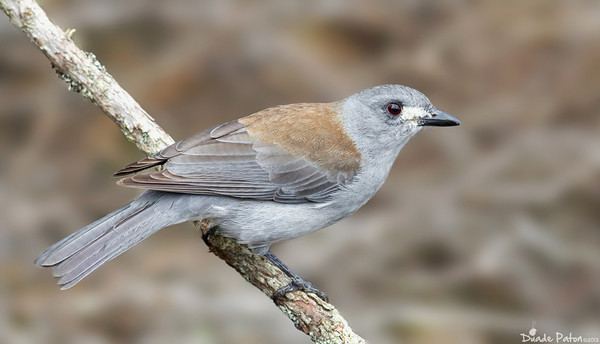
Taxonomy and systematics
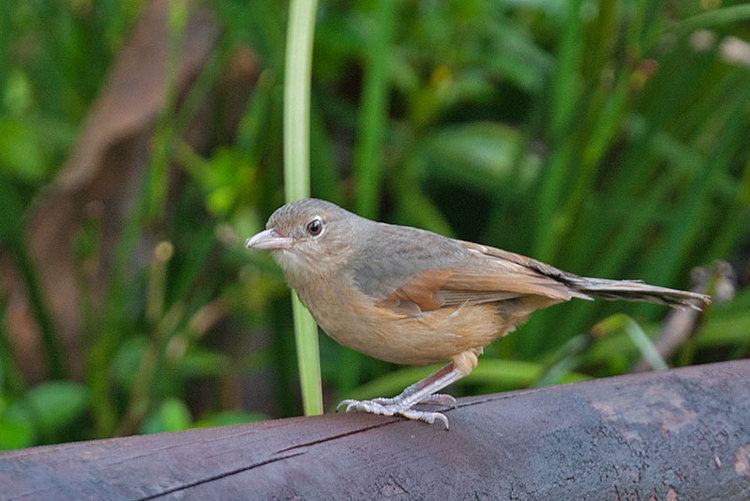
Nicholas Aylward Vigors and Thomas Horsfield described the genus in 1827, coining the genus name from the Ancient Greek words collurio "shrike" and cinclos "thrush". Noting the beak, they thought it related to shrikes or vangas, though its form was reminiscent of thrushes. Shrikethrushes were commonly known as colluricinclas in the 19th century, but their current name was in use by the late 19th century.
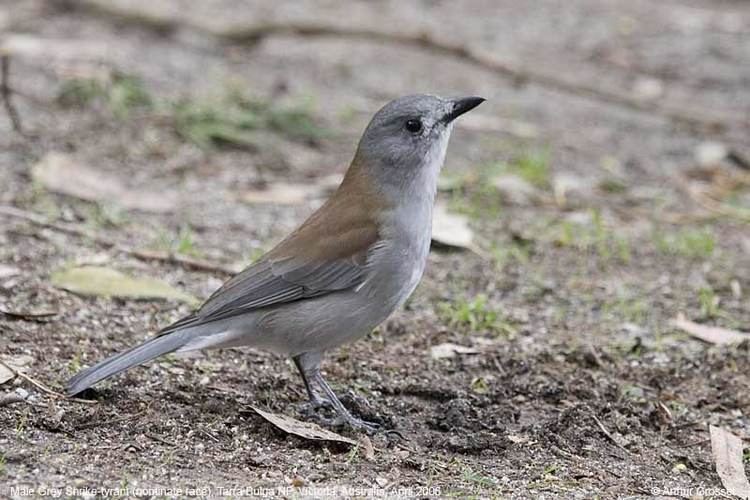
Molecular studies by Norman and colleagues in 2009 and Jønsson and colleagues in 2010 show the shrikethrushes to lie within the whistler family Pachycephalidae. Formerly, some authorities classified the shrikethrushes in their own family Colluricinclidae.

Molecular dating suggests the shrikethrushes diverged from the common ancestor of the genus Pseudorectes (their closest relatives) in the mid-Pliocene around 3 million years ago, and that this combined lineage had diverged from the ancestor of the other members of the Pachycephalidae around 5 million years ago in the early Pliocene. The Sangihe shrikethrush was found to be more closely related to the maroon-backed whistler and hence shifted to the genus Coracornis. Genetic investigations of New Guinea populations of the little shrikethrush indicate high levels of genetic divergence, suggesting it may comprise more than one species.
Extant species
The genus Colluricincla contains the following five species:
Former species
Formerly, some authorities also considered the following species (or subspecies) as species within the genus Colluricincla:
